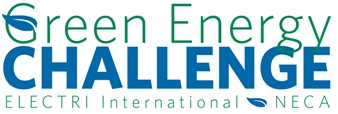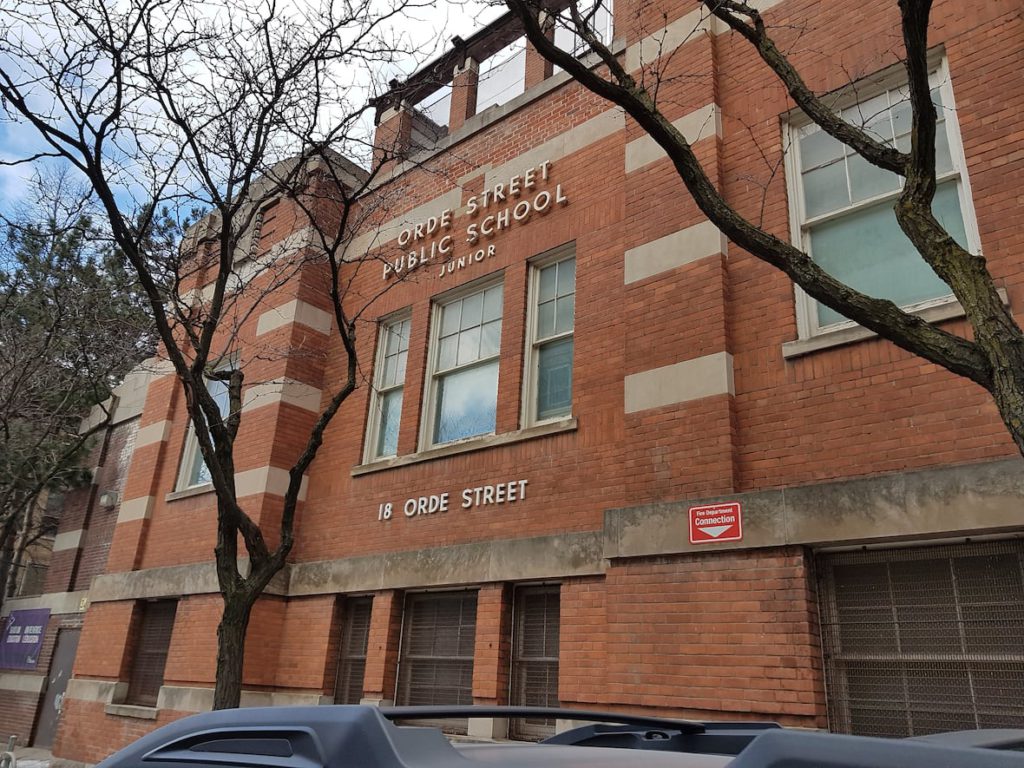The world is focused on saving electricity. We can’t keep building power plants, so reducing consumption is an important step in creating a sustainable future. However, it’s worth examining how our electricity is produced in the first place.
Generation
Almost all electricity starts with a spinning turbine. A rotating wheel attached to magnets spins through a coil of wire. Every time a pole of a magnet comes close to the wire, it induces a charge in the wire and begins the flow of electrons. Then the wheel spins 180°, and the opposite pole induces the same charge, but in the opposite direction. This is where alternating current comes from. As the turbine spins, the magnet will flip back and forth, pushing the electrons first one way, then the other. The voltage of the power produced is related to the strength of the magnetic field. It is strongest when the field is most aligned with the wire.

This alternating current creates a problem. If we only have power when the magnets are aligned, our lights would start to flicker as the generator spins. To fix this, we use three-phase power. If we attach two more coils near our turbine, each at 60° from the other two, we will have voltage three times per rotation rather than once. This smooths out the curve, and means we have stable power in our homes and cities. But the flicker is not quite gone. The rate at which the generator spins has been standardized to ensure that at least the flicker can be accounted for consistently, and different grids can work together, all pulling the electrons in the same direction at the same time. This has been set at 60 Hz in North America, and 50 Hz in the UK and Europe.
The other trick is how to get the turbine rotating in the first place. For centuries, the method has been to boil water. Using coal or another fuel in a furnace, we boil water and pressurize the steam, and then use that pressurized fluid to spin the turbine. We learned we could burn crops or garbage to boil the water too. We also learned we could use the excess heat from splitting atoms to boil the water. We can also use wind or water to spin the turbine, harnessing their existing kinetic energy.
The problem with renewables
Ignoring solar power for a minute, wind and hydro power seem relatively simple. The same turbine that spins after burning fossil fuels can be spun using the kinetic energy from natural sources, with (relatively) little impact on the natural environment, and much lower emissions. However, renewable sources have a problem: the wind doesn’t always blow, and the sun doesn’t always shine.
Reliability is a big problem with wind and solar, two big players in the arena of renewable electricity. Coal and other fuels are nearly always available. Additionally, if the fuel source should falter, the turbines in combustion plants are enormous, and contain enough mass to keep spinning for a little bit, giving the grid operator time to react. Wind turbines are much lighter than they look, and if the wind stops blowing they’ll stop spinning very quickly. Solar panels will stop producing electricity the instant the sun goes away. For wind and solar to be reliable, they require storage to keep excess electricity for when their primary energy source is missing. Right now, batteries on that scale or excessively expensive or impractical, and so solar and wind are not ready to take over every grid.
One of the traits that creates the problem also creates a niche for solar and wind. The lack of an enormous heavy turbine means that they can be turned on nearly as fast as they are shut off. This makes them perfect for meeting peak or unexpected demand. When everyone suddenly turns on their tv for a hockey game, it may take a combustion plant minutes to increase output enough to meet the new demand. Solar panels, however, will respond almost instantly. This has created a niche for renewable energy beyond being the method a province uses to be environmentally conscious.









